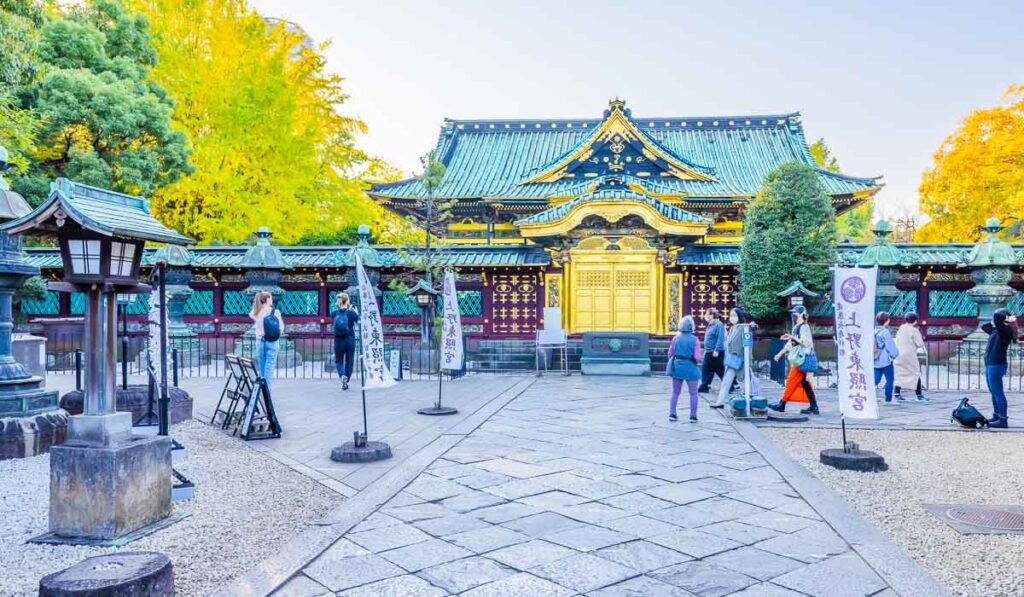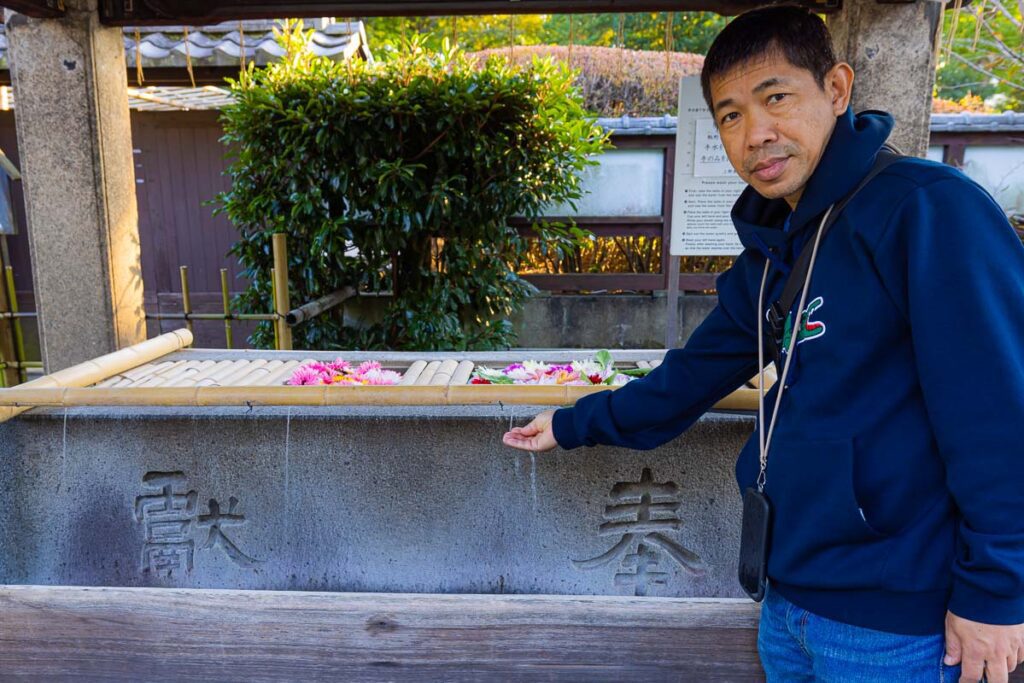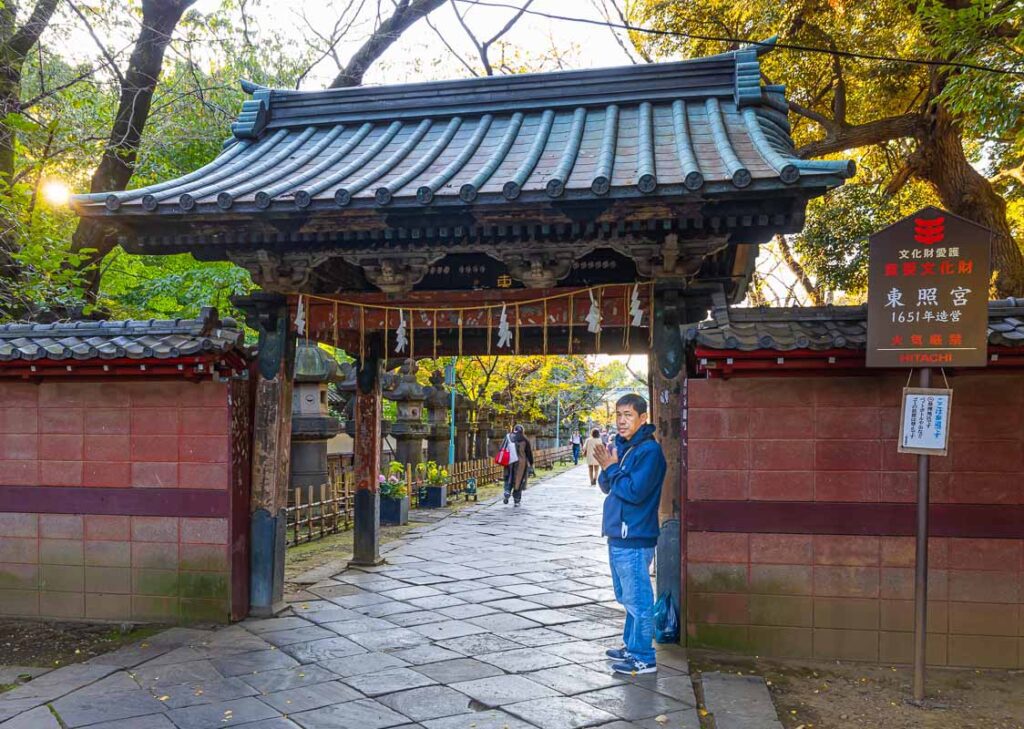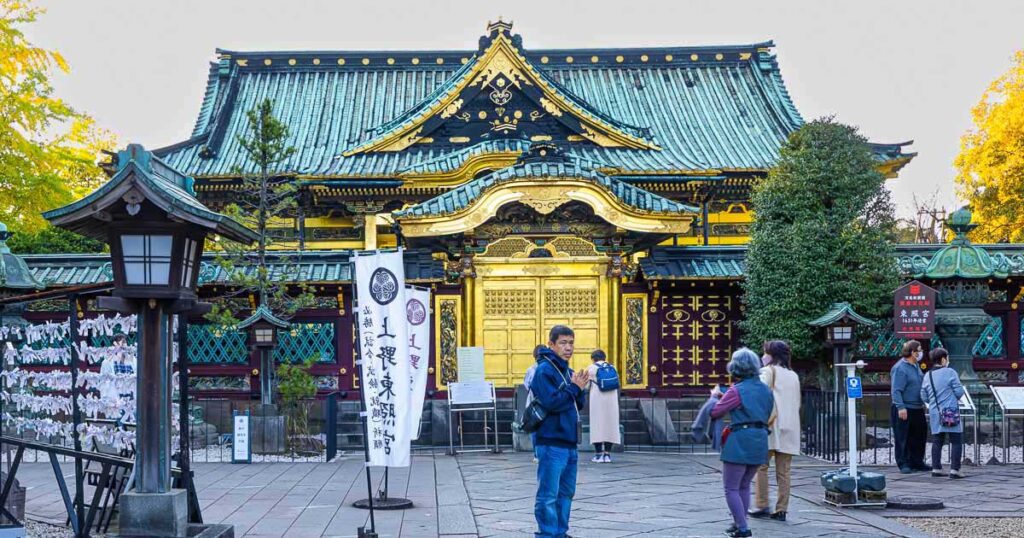For centuries, Japan’s rich cultural heritage and architectural splendor have been a source of fascination for travelers worldwide. One such marvel, steeped in history and tranquility, is the Ueno Toshogu Shrine. Nestled within the bustling cityscape of Tokyo, this majestic shrine has borne silent witness to the passage of time.
Table of Contents
Brief History of Ueno Toshogu Shrine:
Ueno Toshogu Shrine was built in 1627, dedicated to the memory of Tokugawa Ieyasu, the powerful shogun who established the Edo shogunate and effectively unified Japan. The shrine has withstood the tumultuous periods of Japanese history, including the Great Kanto Earthquake of 1923 and World War II.
Tokugawa Ieyasu’s influence on Japanese history cannot be overstated. As the founder of the Tokugawa Shogunate, his reign marked a period of peace and stability known as the Edo period, lasting from 1603 to 1868.
Moreover, his deification at Ueno Toshogu and other shrines across Japan underlines his continued significance in Japanese society.
Impressive architectural Shrine:
The shrine is an architectural treasure trove. The Honden (Main Hall) and Ishidorii (Stone Torii Gate) are designated as Important Cultural Properties by the Japanese government. The Honden, lavishly gilded and exquisitely carved, is a prime example of Gongen-zukuri architecture, a style named after the syncretic deity Gongen.

The Ishidorii, crafted from a single stone, stands as a testament to Japan’s traditional stone-carving techniques. Its imposing presence marks the entrance to the shrine, welcoming visitors into a space that seems untouched by time.
All Season Attraction:
The shrine’s beauty is not restricted to architecture alone. The Ueno Toshogu Shrine is home to a stunning peony garden in spring and winter, which blooms twice a year. The sight of more than 200 varieties of peonies blossoming against the snow is nothing short of magical. The shrine also hosts the Ueno Toshogu Peony Garden Flower Festival, attracting tourists and locals alike to enjoy the vibrant spectacle.

A Spiritual Sojourn:
As you step onto the shrine grounds, the bustling city noises gradually fade away, replaced by the serene atmosphere of Ueno Toshogu. Whether offering prayers, admiring architectural wonders, or simply finding a beautiful quiet place to reflect, Ueno Toshogu Shrine provides a unique spiritual experience.

One of the best highlights of a visit to the shrine is the opportunity to witness a traditional Shinto wedding. If you’re lucky, you may see a procession led by Shinto priests, followed by the couple in stunning traditional attire.
Conclusion:
Ueno Toshogu Shrine is a perfect blend of history, spirituality, and natural beauty, making it a must-visit destination in Tokyo. As you wander its grounds, you’ll find yourself stepping back in time, exploring a part of Japan’s rich heritage. The shrine, with its captivating charm, continues to stand as a beacon of tranquility amidst the hustle and bustle of the metropolis.
So, whether you love history buff or nature, you’ll love the shrine.
Admission: free
Opening hours:
9:00-17:30
How to access it?
Ueno Toshogu Shrine is conveniently located within Ueno Park in Tokyo, making it easily accessible via public transportation.
By Train:
The most direct way to reach Ueno Toshogu Shrine is by train. Ueno Station, one of Tokyo’s major railway stations, is served by JR East, Tokyo Metro, and Keisei Electric Railway lines. The station is only a short walk away from the shrine.
- JR Yamanote Line: This line circles Tokyo, connecting major city centers. If you are coming from areas like Shinjuku, Shibuya, or Tokyo Station, you can take the JR Yamanote Line to Ueno Station. The shrine is only about a 10-minute walk from the Park Exit (Koen-guchi).
- Tokyo Metro Ginza and Hibiya Lines: If you are in other parts of Tokyo, you can take the Tokyo Metro to Ueno Station. Both the Ginza Line (from areas like Asakusa, Ginza, or Shibuya) and the Hibiya Line (from areas like Roppongi or Tsukiji) stop at Ueno.
- Keisei Main Line: For those coming directly from Narita Airport, the Keisei Main Line offers a direct connection to Ueno Station.
By Bus:
Several bus lines run through Ueno, though using the train is generally faster due to Tokyo’s heavy traffic. If you’re coming from an area that isn’t conveniently served by the above train lines, you might consider taking a bus to Ueno Station.
On Foot:
If you’re already in the Ueno area or enjoy walking, Ueno Toshogu Shrine is easily accessible on foot. The shrine is located inside Ueno Park, which is a popular walking spot with several other attractions.
Once you reach Ueno Park, follow the signs to Ueno Toshogu Shrine. The park is also home to other popular attractions like Ueno Zoo and several major museums, so you can plan to spend a full day exploring the area.
Address:
9-88 Uenokoen, Taito City, Tokyo 110-0007, Japan
Official website:
